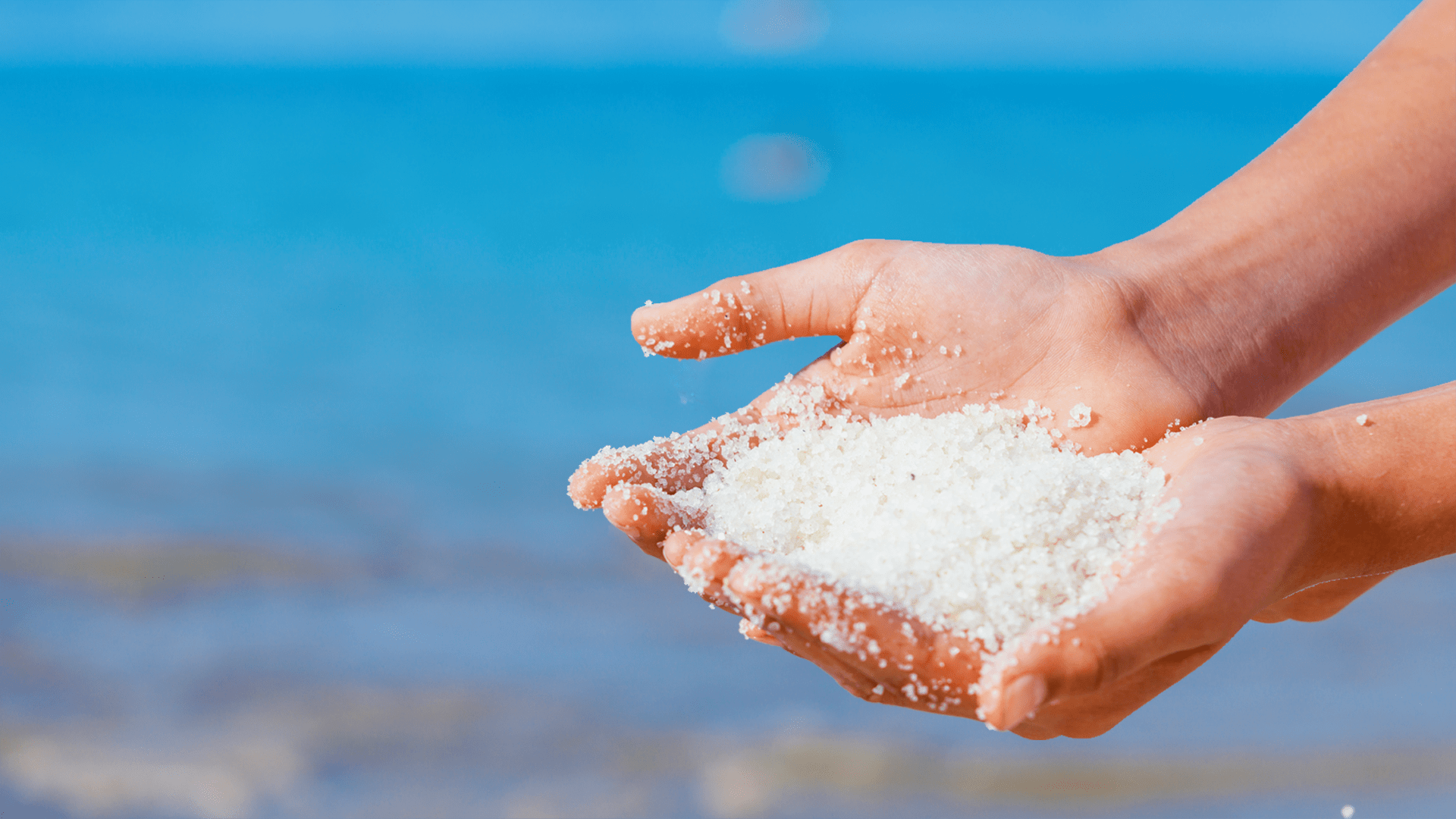Scroll for prep

Please wait…
This video is having trouble loading. You may have lost your Internet connection.
Step 1: Click to Reload this page
Step 2: Click to
Try our other video player
Step 3: Contact your teacher if trouble persists.
Or,
dismiss this message.
DISCUSS:
What is in the ocean water?
List as many different types of things as you can.

Please wait…
This video is having trouble loading. You may have lost your Internet connection.
Step 1: Click to Reload this page
Step 2: Click to
Try our other video player
Step 3: Contact your teacher if trouble persists.
Or,
dismiss this message.
DISCUSS:
We can’t see the salt in ocean water.
How could we figure out if there’s really salt in ocean water?

Please wait…
This video is having trouble loading. You may have lost your Internet connection.
Step 1: Click to Reload this page
Step 2: Click to
Try our other video player
Step 3: Contact your teacher if trouble persists.
Or,
dismiss this message.

Please wait…
This video is having trouble loading. You may have lost your Internet connection.
Step 1: Click to Reload this page
Step 2: Click to
Try our other video player
Step 3: Contact your teacher if trouble persists.
Or,
dismiss this message.
Step
01/20
01/20
Find a partner. Decide who will be Wave Maker and who will be Salt Boss. If you’re working alone, that’s okay too. You’ll do both jobs.

Please wait…
This video is having trouble loading. You may have lost your Internet connection.
Step 1: Click to Reload this page
Step 2: Click to
Try our other video player
Step 3: Contact your teacher if trouble persists.
Or,
dismiss this message.
Step
02/20
02/20
Get your supplies.

Please wait…
This video is having trouble loading. You may have lost your Internet connection.
Step 1: Click to Reload this page
Step 2: Click to
Try our other video player
Step 3: Contact your teacher if trouble persists.
Or,
dismiss this message.
Step
03/20
03/20
Put the piece of black paper on your plate. Put the bag that will hold
your Tiny Ocean on top. Having a black background will help you
observe what’s happening in your Tiny Ocean.
your Tiny Ocean on top. Having a black background will help you
observe what’s happening in your Tiny Ocean.

Please wait…
This video is having trouble loading. You may have lost your Internet connection.
Step 1: Click to Reload this page
Step 2: Click to
Try our other video player
Step 3: Contact your teacher if trouble persists.
Or,
dismiss this message.
Step
04/20
04/20
Wave Maker: Open the bag and hold it open. Salt Boss: Put the ¼ cup
of water into the bag. Then add one teaspoon of salt. Wave Maker:
Zip the bag closed. Salt Boss: Make sure it’s REALLY closed!
of water into the bag. Then add one teaspoon of salt. Wave Maker:
Zip the bag closed. Salt Boss: Make sure it’s REALLY closed!

Please wait…
This video is having trouble loading. You may have lost your Internet connection.
Step 1: Click to Reload this page
Step 2: Click to
Try our other video player
Step 3: Contact your teacher if trouble persists.
Or,
dismiss this message.
Step
05/20
05/20
Wave Maker: Lay the bag on the black paper. Both: Notice what you
see in the bag and what you can feel through the bag.
see in the bag and what you can feel through the bag.

Please wait…
This video is having trouble loading. You may have lost your Internet connection.
Step 1: Click to Reload this page
Step 2: Click to
Try our other video player
Step 3: Contact your teacher if trouble persists.
Or,
dismiss this message.
Step
06/20
06/20
Wave Maker: Rock the bag to make waves, then lay it on the paper.
Salt Boss: Check the bag. If you see or feel salt, ask Wave Maker to
make more waves. Check again. Repeat until the timer runs out.
Salt Boss: Check the bag. If you see or feel salt, ask Wave Maker to
make more waves. Check again. Repeat until the timer runs out.

Please wait…
This video is having trouble loading. You may have lost your Internet connection.
Step 1: Click to Reload this page
Step 2: Click to
Try our other video player
Step 3: Contact your teacher if trouble persists.
Or,
dismiss this message.
Step
07/20
07/20
Think about what the water in your Tiny Ocean looked like right after
you added salt. Answer question #1 on your worksheet.
you added salt. Answer question #1 on your worksheet.

Please wait…
This video is having trouble loading. You may have lost your Internet connection.
Step 1: Click to Reload this page
Step 2: Click to
Try our other video player
Step 3: Contact your teacher if trouble persists.
Or,
dismiss this message.
Step
08/20
08/20
Salt seems to vanish when you add it to water and mix it up. People
say salt dissolves in water. Here are some people with different ideas
about what happens when salt dissolves in water. Discuss:
say salt dissolves in water. Here are some people with different ideas
about what happens when salt dissolves in water. Discuss:

Please wait…
This video is having trouble loading. You may have lost your Internet connection.
Step 1: Click to Reload this page
Step 2: Click to
Try our other video player
Step 3: Contact your teacher if trouble persists.
Or,
dismiss this message.
Step
09/20
09/20
To make your Tiny Ocean as salty as the pink lagoon at Cabo Rojo,
add another teaspoon of salt. Make waves until the salt dissolves
completely. Then answer question #2 on your worksheet.
add another teaspoon of salt. Make waves until the salt dissolves
completely. Then answer question #2 on your worksheet.

Please wait…
This video is having trouble loading. You may have lost your Internet connection.
Step 1: Click to Reload this page
Step 2: Click to
Try our other video player
Step 3: Contact your teacher if trouble persists.
Or,
dismiss this message.
Step
10/20
10/20
You added two teaspoons of salt to your Tiny Ocean, but you
probably can’t see or feel any salt in the water. If you do see any salt
in the water, it’s a lot less than the two teaspoons you put in. Discuss:
probably can’t see or feel any salt in the water. If you do see any salt
in the water, it’s a lot less than the two teaspoons you put in. Discuss:

Please wait…
This video is having trouble loading. You may have lost your Internet connection.
Step 1: Click to Reload this page
Step 2: Click to
Try our other video player
Step 3: Contact your teacher if trouble persists.
Or,
dismiss this message.
Step
11/20
11/20
Maybe you thought about drinking the water to find out if it tastes
salty. We tried it for you—it’s salty! This is evidence that some salt is
in the water, even if we can’t see it. But how much salt is there?
salty. We tried it for you—it’s salty! This is evidence that some salt is
in the water, even if we can’t see it. But how much salt is there?

Please wait…
This video is having trouble loading. You may have lost your Internet connection.
Step 1: Click to Reload this page
Step 2: Click to
Try our other video player
Step 3: Contact your teacher if trouble persists.
Or,
dismiss this message.
Step
12/20
12/20
Here’s our idea. We could use a scale to measure the weight of the
water, the weight of the salt, and the weight of the mixture of salt
and water. Discuss:
water, the weight of the salt, and the weight of the mixture of salt
and water. Discuss:

Please wait…
This video is having trouble loading. You may have lost your Internet connection.
Step 1: Click to Reload this page
Step 2: Click to
Try our other video player
Step 3: Contact your teacher if trouble persists.
Or,
dismiss this message.
Step
13/20
13/20
Suppose we compare the weight of the ingredients with the weight
of the mixture. What will happen to the weight of the water when we
add salt? These people have different ideas about that. Discuss:
of the mixture. What will happen to the weight of the water when we
add salt? These people have different ideas about that. Discuss:

Please wait…
This video is having trouble loading. You may have lost your Internet connection.
Step 1: Click to Reload this page
Step 2: Click to
Try our other video player
Step 3: Contact your teacher if trouble persists.
Or,
dismiss this message.
Step
14/20
14/20
Let’s look for evidence to support any of these arguments. You put
¼ cup of water into your Tiny Ocean. Check the scale, then record
the weight in grams by #3 on your worksheet.
¼ cup of water into your Tiny Ocean. Check the scale, then record
the weight in grams by #3 on your worksheet.

Please wait…
This video is having trouble loading. You may have lost your Internet connection.
Step 1: Click to Reload this page
Step 2: Click to
Try our other video player
Step 3: Contact your teacher if trouble persists.
Or,
dismiss this message.
Step
15/20
15/20
You put two teaspoons of salt in your Tiny Ocean, so we’ll weigh
2 teaspoons of salt. Check the scale, then record the weight in
grams by #4 on your worksheet.
2 teaspoons of salt. Check the scale, then record the weight in
grams by #4 on your worksheet.

Please wait…
This video is having trouble loading. You may have lost your Internet connection.
Step 1: Click to Reload this page
Step 2: Click to
Try our other video player
Step 3: Contact your teacher if trouble persists.
Or,
dismiss this message.
Step
16/20
16/20
To graph the weight of the water, find #3 on your worksheet. That’s
where you wrote the water’s weight. Draw a line to mark 60 grams.
Then draw a rectangle with that line at the top and shade it in.
where you wrote the water’s weight. Draw a line to mark 60 grams.
Then draw a rectangle with that line at the top and shade it in.

Please wait…
This video is having trouble loading. You may have lost your Internet connection.
Step 1: Click to Reload this page
Step 2: Click to
Try our other video player
Step 3: Contact your teacher if trouble persists.
Or,
dismiss this message.
Step
17/20
17/20
To graph the weight of the salt, find #4 on your worksheet. That’s
where you wrote the salt’s weight. Now that you know how to do it,
draw a bar on your graph to show the weight of the salt.
where you wrote the salt’s weight. Now that you know how to do it,
draw a bar on your graph to show the weight of the salt.

Please wait…
This video is having trouble loading. You may have lost your Internet connection.
Step 1: Click to Reload this page
Step 2: Click to
Try our other video player
Step 3: Contact your teacher if trouble persists.
Or,
dismiss this message.
Step
18/20
18/20
These people had different ideas about what would happen when we
added salt to the water. Each one drew a bar to show what they
think the mixture will weigh. Look at their graphs. Discuss:
added salt to the water. Each one drew a bar to show what they
think the mixture will weigh. Look at their graphs. Discuss:

Please wait…
This video is having trouble loading. You may have lost your Internet connection.
Step 1: Click to Reload this page
Step 2: Click to
Try our other video player
Step 3: Contact your teacher if trouble persists.
Or,
dismiss this message.
Step
19/20
19/20
Now let’s see what the mixture weighs. We’ll make a Tiny Ocean, just
like yours. Check the scale, then write the mixture’s weight by #5 on
your worksheet and draw a bar showing the mixture’s weight.
like yours. Check the scale, then write the mixture’s weight by #5 on
your worksheet and draw a bar showing the mixture’s weight.

Please wait…
This video is having trouble loading. You may have lost your Internet connection.
Step 1: Click to Reload this page
Step 2: Click to
Try our other video player
Step 3: Contact your teacher if trouble persists.
Or,
dismiss this message.
Step
20/20
20/20
Discuss. Then answer question #6 on your worksheet.
If you need a natural stopping point!
Teachers: If you are short on time, this is a good stopping point. Your students can make their Paper Bag Landscapes in a future session.
If you’re continuing right now, advance to the next slide.

Please wait…
This video is having trouble loading. You may have lost your Internet connection.
Step 1: Click to Reload this page
Step 2: Click to
Try our other video player
Step 3: Contact your teacher if trouble persists.
Or,
dismiss this message.
DISCUSS:
How could you take the water out of ocean water?

Please wait…
This video is having trouble loading. You may have lost your Internet connection.
Step 1: Click to Reload this page
Step 2: Click to
Try our other video player
Step 3: Contact your teacher if trouble persists.
Or,
dismiss this message.

Please wait…
This video is having trouble loading. You may have lost your Internet connection.
Step 1: Click to Reload this page
Step 2: Click to
Try our other video player
Step 3: Contact your teacher if trouble persists.
Or,
dismiss this message.
Step
01/04
01/04
You’ll start with a landscape made from a paper bag that your class
will share. Here’s our Paper Bag Landscape. Imagine this is a real
landscape that you are flying over in an airplane. Discuss:
will share. Here’s our Paper Bag Landscape. Imagine this is a real
landscape that you are flying over in an airplane. Discuss:

Please wait…
This video is having trouble loading. You may have lost your Internet connection.
Step 1: Click to Reload this page
Step 2: Click to
Try our other video player
Step 3: Contact your teacher if trouble persists.
Or,
dismiss this message.
Step
02/04
02/04
Take turns going to the Paper Bag Landscape that your teacher has
made. With your partner, choose a spot for a Tiny Ocean. Put your
initials in that spot. While waiting your turn, discuss with your partner:
made. With your partner, choose a spot for a Tiny Ocean. Put your
initials in that spot. While waiting your turn, discuss with your partner:

Please wait…
This video is having trouble loading. You may have lost your Internet connection.
Step 1: Click to Reload this page
Step 2: Click to
Try our other video player
Step 3: Contact your teacher if trouble persists.
Or,
dismiss this message.
Step
03/04
03/04
When everyone has chosen a spot, take turns using your teaspoon to
put two teaspoons of Tiny Ocean water onto the spot you chose.
While waiting your turn, discuss:
put two teaspoons of Tiny Ocean water onto the spot you chose.
While waiting your turn, discuss:

Please wait…
This video is having trouble loading. You may have lost your Internet connection.
Step 1: Click to Reload this page
Step 2: Click to
Try our other video player
Step 3: Contact your teacher if trouble persists.
Or,
dismiss this message.
Step
04/04
04/04
Now you’ll have to wait while the water evaporates.
Teacher: Put the landscape in the sun to speed things up.
Watch the next video.
Teacher: Put the landscape in the sun to speed things up.
Watch the next video.

Please wait…
This video is having trouble loading. You may have lost your Internet connection.
Step 1: Click to Reload this page
Step 2: Click to
Try our other video player
Step 3: Contact your teacher if trouble persists.
Or,
dismiss this message.

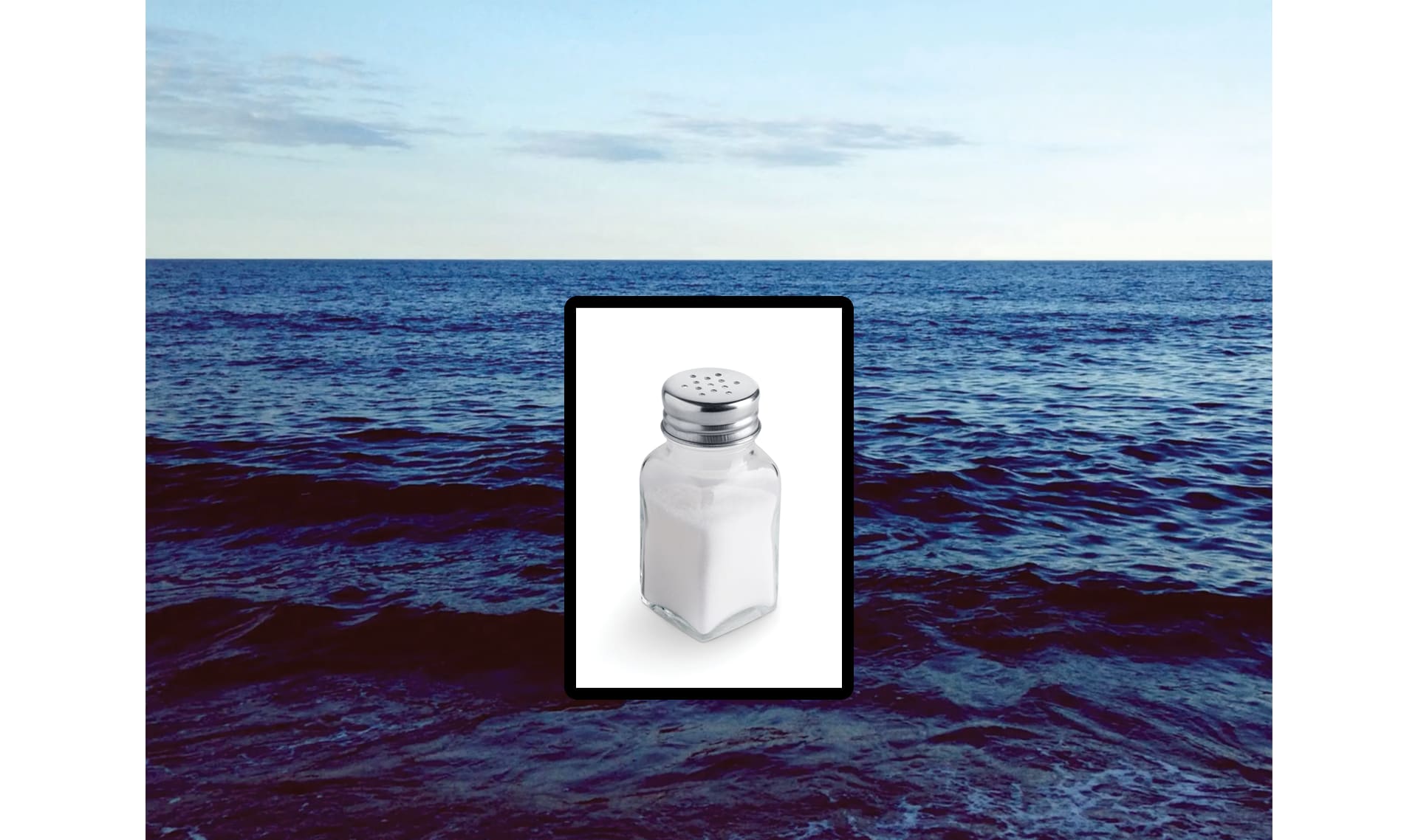
salt water
1 of 12
water with salt in it, such as the ocean
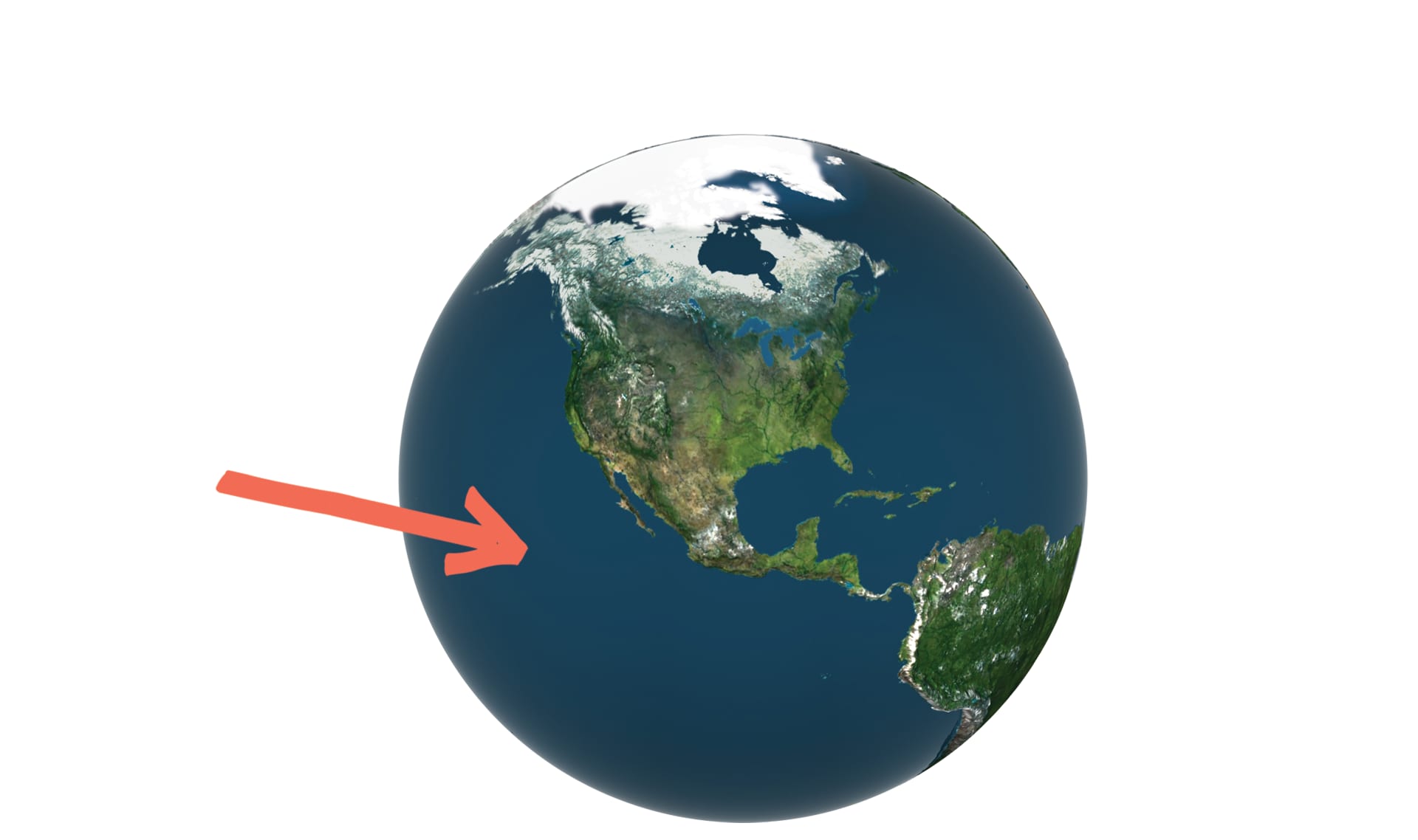
ocean
2 of 12
a large area of salt water that covers the Earth

Please wait…
This video is having trouble loading. You may have lost your Internet connection.
Step 1: Click to Reload this page
Step 2: Click to
Try our other video player
Step 3: Contact your teacher if trouble persists.
Or,
dismiss this message.
mixture
3 of 12
a combination of two or more things

Please wait…
This video is having trouble loading. You may have lost your Internet connection.
Step 1: Click to Reload this page
Step 2: Click to
Try our other video player
Step 3: Contact your teacher if trouble persists.
Or,
dismiss this message.
solution
4 of 12
a special kind of mixture where you cannot tell the different parts from each other

Please wait…
This video is having trouble loading. You may have lost your Internet connection.
Step 1: Click to Reload this page
Step 2: Click to
Try our other video player
Step 3: Contact your teacher if trouble persists.
Or,
dismiss this message.
dissolve
5 of 12
when two substances mix together and it looks like one of them disappears, such as when sugar mixes into tea

Please wait…
This video is having trouble loading. You may have lost your Internet connection.
Step 1: Click to Reload this page
Step 2: Click to
Try our other video player
Step 3: Contact your teacher if trouble persists.
Or,
dismiss this message.
evaporation
6 of 12
the process of a liquid changing to a gas

observe
7 of 12
to pay close attention to something
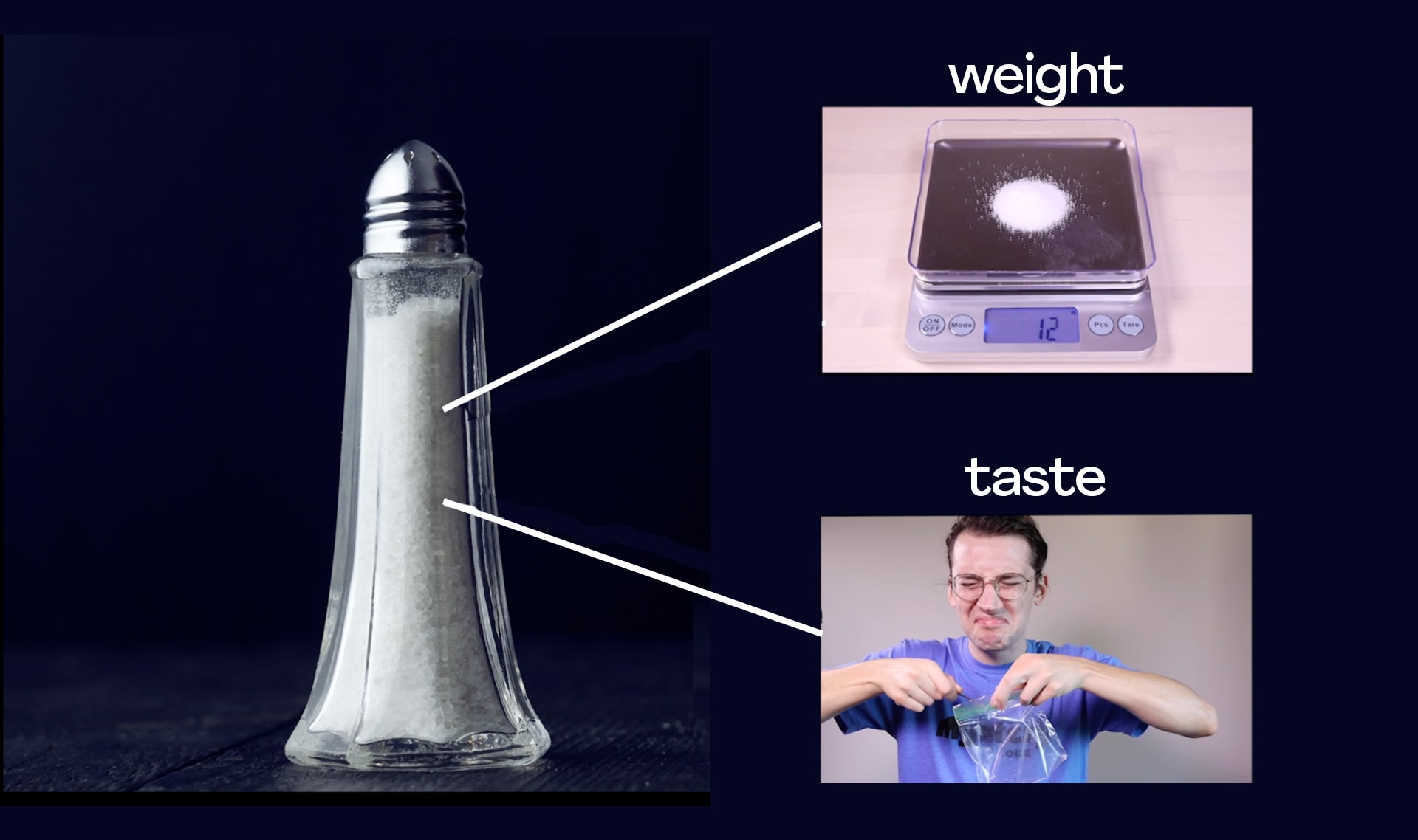
property
8 of 12
something you can observe about an object or material

measure
9 of 12
to describe something using numbers that can be compared

Please wait…
This video is having trouble loading. You may have lost your Internet connection.
Step 1: Click to Reload this page
Step 2: Click to
Try our other video player
Step 3: Contact your teacher if trouble persists.
Or,
dismiss this message.
evidence
10 of 12
information that can be used to support or reject an idea
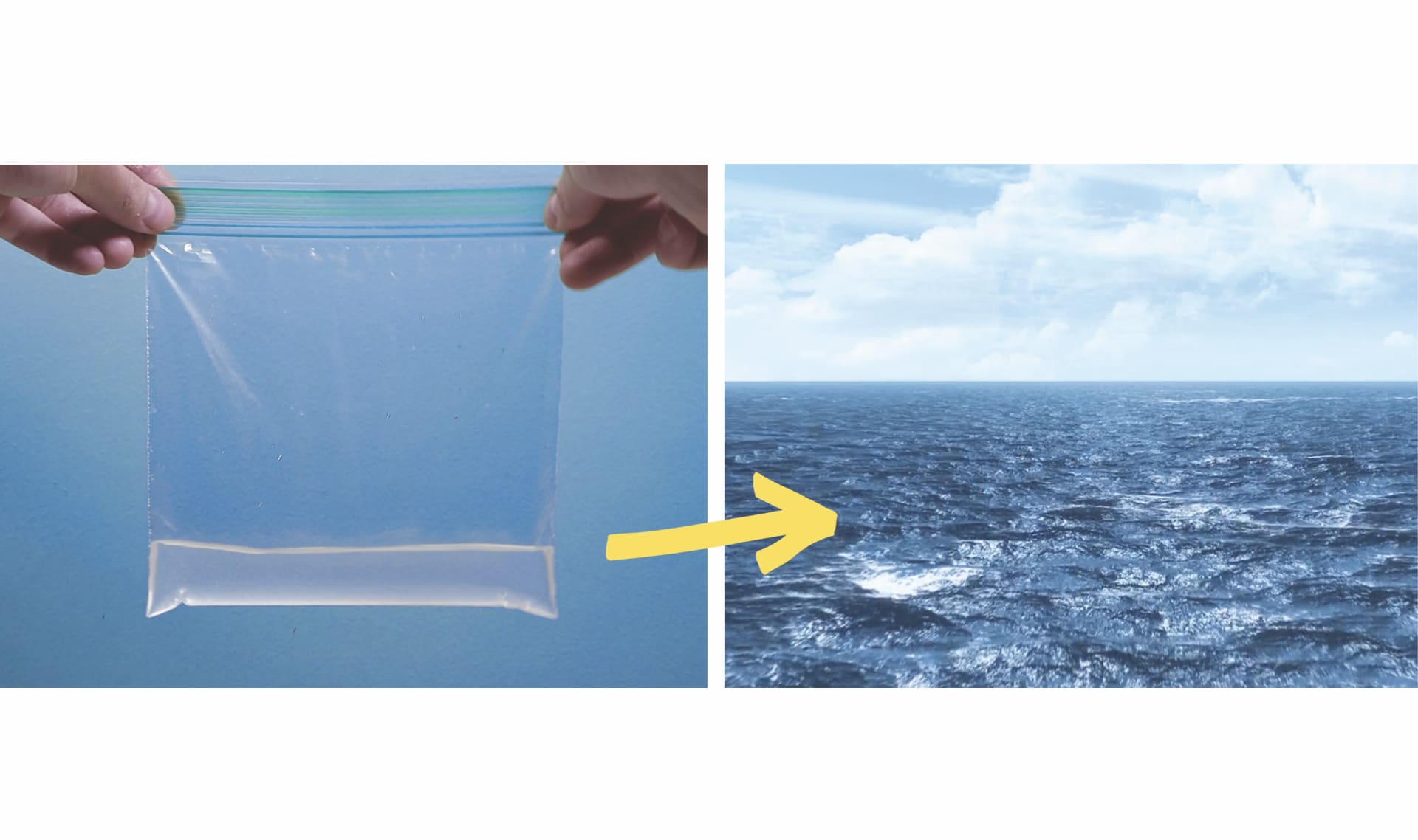
model
11 of 12
a pretend version of something that scientists use when the real thing is too big, small, or complicated to work with
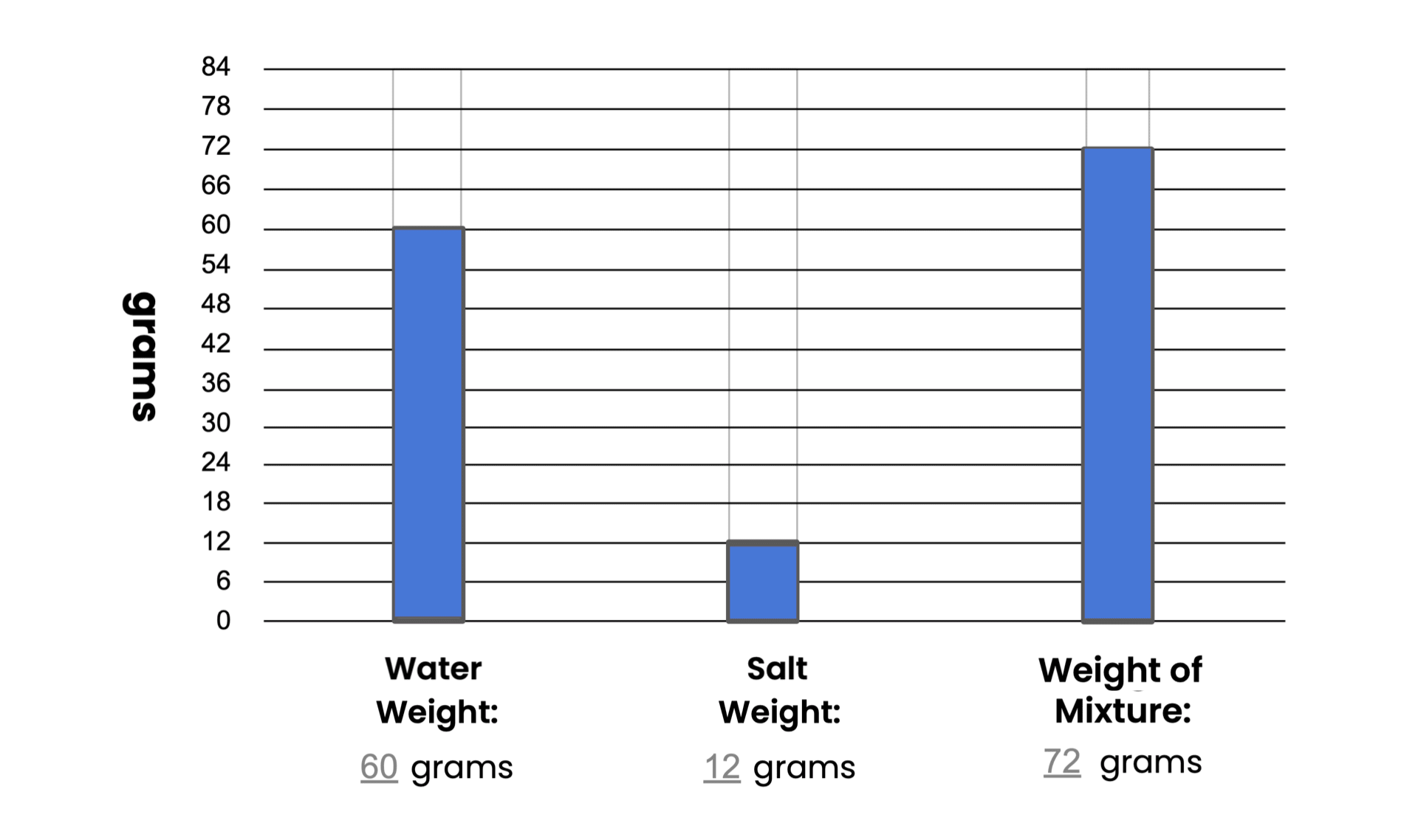
graph
12 of 12
an image that helps you understand the number or amount of something
